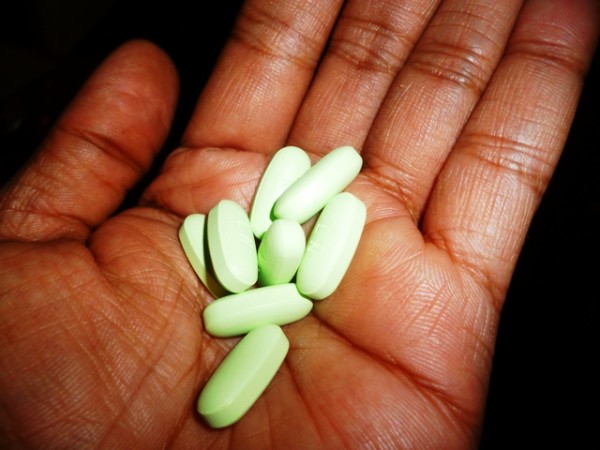Antibiotic resistance is a famously devastating issue: in a classic battle of man vs. nature, we have used antibiotics and inadvertently orchestrated the evolution of superbugs, such as methicillin-resistant Staphylococcus aureus (MRSA), that are resistant to almost all existing antibiotics. With the emergence of such all-powerful bacteria, the need for new antibiotics is ever more pressing; yet the development of these antibiotics has ground to a halt as pharmaceutical companies increasingly withdraw from the field of antibiotic discovery. In fact, between 2008 and 2012, only two new antibacterial agents were approved for use in humans, as opposed to 16 approvals between 1983 to 1987.
In recent years, numerous large pharmaceutical companies have dropped their development of antibiotics, including Pfizer, Eli Lilly, AstraZeneca, and Bristol-Meyers Squibb. Although they appear to be undermining their drug-developing purpose by doing so, pharmaceutical companies’ decisions are in part due to the legal constraints of the patent, which mandate that companies have 20 years of exclusivity over the developed drug before generic brands become available. Because clinical trials to get the drug approved by the FDA can take a hearty portion of that allotted time, companies may have much less time than 20 years to break even with development expenses that may total tens of billions of dollars. As such, the development of new antibiotics is doubtlessly a risky venture.
Image Source: Morsa images
The very nature of antibiotic resistance also makes antibiotic discovery a poor investment for pharmaceutical companies. Since bacteria can develop resistance much more quickly than scientists can develop antibiotics, a newly developed drug may only be be used for a few years before being rendered obsolete by increased bacterial resistance. Companies that invested time and money into short-lived antibiotics have no way to recoup their losses, and they instead turn to producing ordinary drugs that, unlike antibiotics, will not develop resistance and can thus be sold without a need for constant replacement.
The retreat of major pharmaceutical companies from the field of antibiotics then begs the question: if such large companies have given up the pursuit of antibiotics development, who will take up the reins? The answer, according to some, lies in the increasing participation of research universities, as well as initiatives by the biomedical community. Research university laboratories investigate potential sites for antibiotic development, such as through the Human Microbiome Project. Similarly, the biomedical community has allied with public policy makers to launch various projects geared toward antibiotic development. For example, the Infectious Diseases Society of America has launched its 10 x ’20 Initiative, which calls for the development of 10 new antibiotics by 2020. Although antibiotic resistance will continue to pose a problem to treatment of disease, through support of such research and development initiatives, we may at least thwart the resistance to investing in the crucial field of antibiotic development.
Featured Image Source: Iqbal Osman










